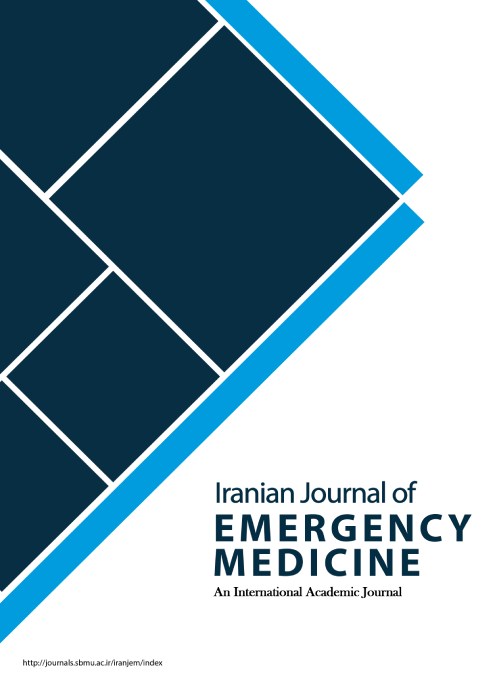The Association of Time Indicators Of Pre-Hospital Dispatch with Clinical Status and Some Consequences in Patients Dispatched to Emergency Rooms in Zanjan in 2018
Regarding the vital role and function of pre-hospital emergency and the need for regular performance monitoring, particularly for determining indicators, we investigated the association of pre-hospital emergency time indicators and clinical status and outcome in patients transferred to emergency in Zanjan.
In this descriptive cross-sectional study, from all pre-hospital emergency missions in Zanjan province registered in 2018, we randomly selected 806 calls that led to patients’ transfer to medical centers. Next, we extracted their corresponding information (e.g., time indicators) and demographics using 115 emergency forms. Patients’ outcomes and clinical status after transfer were extracted using their emergency files.
Of 806 patients transferred by pre-hospital emergency, 61% (490 patient) were male and 39.2% (316 patient) were female. The mean age of patients was 28 years. Most pre-hospital emergency contacts were related to trauma caused by accidents (50.1%) and internal trauma (15.7%), respectively. In terms of time indicators, the average time was 0.9 min (delay time), 8.41 min (response time), 11.9 min (scene time), 39.92 min (mission time), 19.96 min (Transfer time), and 74.61 minutes (total mission time). Regarding the outcome of transferred patients, the highest frequency was related to patient discharge (55.9%), hospitalization (12.7%), transfer to other centers (1.1%), and death (2%). In terms of vital signs, 1% of the patients had 3 and 0 Glasgow coma scale, 89.3% had Glasgow scale of 15, 91.4% support above 90%, 7.7% oxygen saturation below 90%, and 32% had a heart rate in the normal range of 70 to 78.
The results showed that traffic accidents in Zanjan are the top causes of trauma in its hospitals. Overall, the dispatch timing was appropriate, and emergency personnel operated quickly in patients with poor clinical conditions.Based on the results of this study and future studies, appropriate planning was done to improve the indicators.
- حق عضویت دریافتی صرف حمایت از نشریات عضو و نگهداری، تکمیل و توسعه مگیران میشود.
- پرداخت حق اشتراک و دانلود مقالات اجازه بازنشر آن در سایر رسانههای چاپی و دیجیتال را به کاربر نمیدهد.


